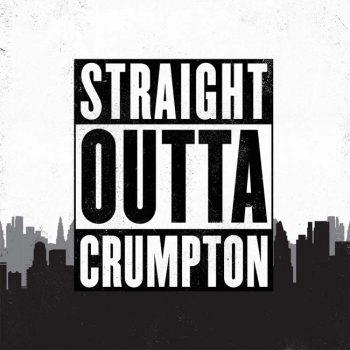IAQ IQ: Ventilation Solutions for Every Home
Home building and energy codes have resulted in tight sealing methodologies – and you may not have even considered the impact that could have on the buildup of contaminants in the space.
With indoor air quality now firmly in the spotlight, emphasis is being placed on the contaminants we produce when we cook, clean, sneeze or do any number of other household activities.
However, without proper ventilation, modern codes and those tighter sealing methodologies trap those contaminants in the home, lowering overall air quality, which can cause adverse health and safety risks.
On this episode of IAQ IQ: Indoor Air Quality and You!, Nick Agopian, John Saufferer and Tim O’Brien tackled how balanced ventilation with energy recovery can overcome that challenge.
Simply using bathroom exhaust-only fans and kitchen hoods isn’t enough to ventilate a whole home.
“We create a whole other problem when we rely on outside air to come in from all these various holes and cracks and seams,” O’Brien continued. “When it’s moving through, it’s bringing in other particulates and other things that we don’t want to come into the home.”
Luckily, there’s a solution.
Balanced ventilation with energy recovery doesn’t just offer a one-to-one exchange of contaminated indoor air with clean outdoor air. It dilutes contaminants within an indoor space and offers additional health benefits, as well.
RenewAire is a believer in building it tight – but only if you ventilate it right. Listen to the entire episode to find out more.
Subscribe to the IAQ IQ: Indoor Air Quality and You podcast on Apple Podcasts and Spotify for the latest insights and news about the air quality in your home and office.
Follow us on social media for the latest updates in B2B!
Twitter – @MarketScale
Facebook – facebook.com/marketscale
LinkedIn – linkedin.com/company/marketscale




